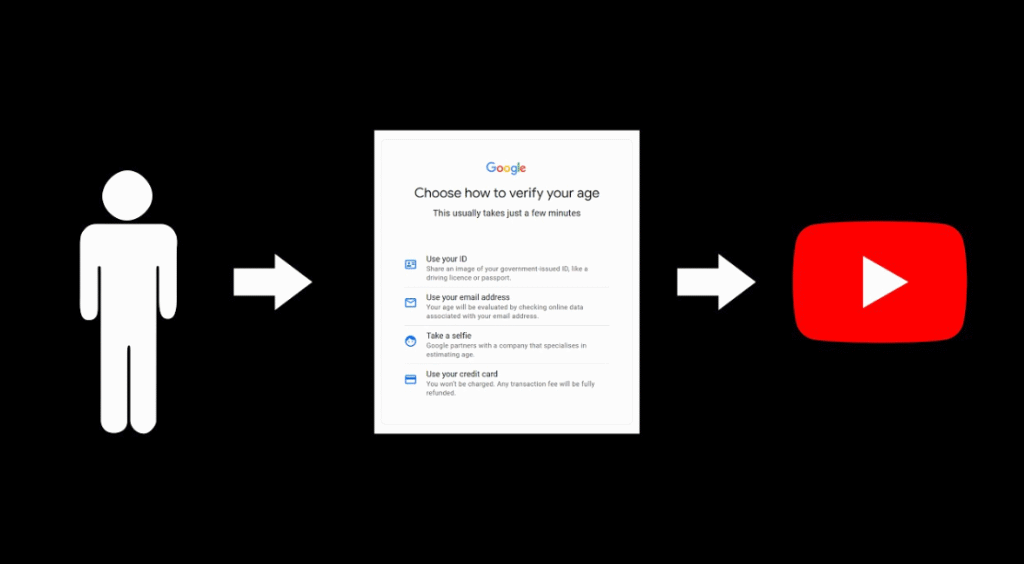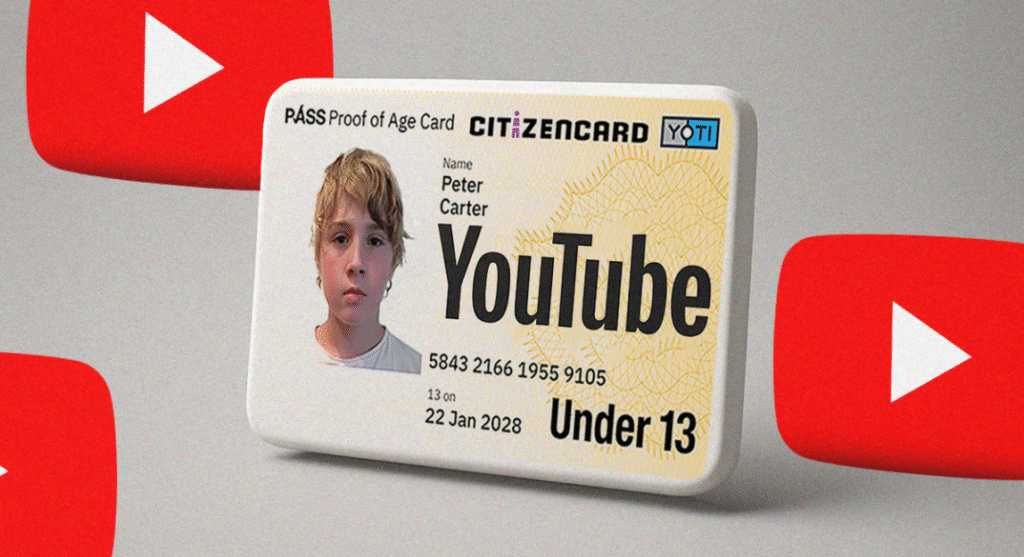YouTube is preparing to make a significant change to how it verifies the ages of its users. Beginning August 13, the platform will introduce an artificial intelligence driven age verification system aimed at ensuring viewers see only age-appropriate content. This new feature marks an important shift in YouTube’s ongoing effort to create a safer online environment for all users, particularly minors, regardless of the birth date entered when signing up.
Launch of YouTube’s AI Age Verification in the United States
The rollout will start with a limited group of users in the United States. During the first few weeks, YouTube’s AI system will use machine learning algorithms to estimate user ages based on their viewing and search behavior. This limited launch is a testing phase to see how accurately the AI can identify whether someone is a minor or an adult.

For younger viewers, the system will automatically impose age-appropriate restrictions. Adults, however, will continue to have full access to all platform features without limitations.
How YouTube’s AI Will Estimate User Ages
Unlike the traditional method of simply checking the date of birth linked to an account, YouTube’s AI technology will analyze patterns in user behavior. This includes the types of videos searched, the categories of content watched, and overall account activity history.
By gathering and interpreting these signals, the AI system will make a well-informed estimate of the user’s real age. The platform aims to better protect younger audiences from potentially harmful or unsuitable content that existing safeguards may not flag.
Manual Verification for Users Misclassified by the AI System
YouTube acknowledges that no AI system is perfect, and mistakes can happen. Users who believe they’ve been wrongly categorized as underage can manually verify their age by submitting a government-issued ID or a credit card for verification.

This manual option ensures fairness, giving legitimate adult users the ability to regain full access to the platform while still protecting minors. The platform also aims to prevent frustration among older users who might otherwise face unnecessary restrictions.
Balancing Online Safety with Open Access to Content
This new AI age verification rollout represents more than just a technical update it signals YouTube’s broader push toward balancing open access with online safety. By combining advanced machine learning with traditional verification methods, the platform aims to give parents greater confidence in what their children are exposed to online.
YouTube also recognizes that public feedback will be critical to the feature’s success. The company has indicated it will make adjustments based on user experience, data accuracy, and global regulatory requirements.


 US security agency reveals top tips to prevent phone hacking
US security agency reveals top tips to prevent phone hacking  OpenAI Launches Study Mode Helps Students Learn Better
OpenAI Launches Study Mode Helps Students Learn Better  Digital echoes: how chatbots are bringing the dead back to life
Digital echoes: how chatbots are bringing the dead back to life